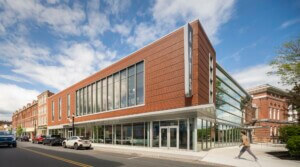Located on the southeast corner of Bowdoin College’s campus are two new, handsome mass timber buildings by the Boston firm HGA. Barry Mills Hall and the John and Lile Gibbons Center for Arctic Studies both opened their doors this semester, marking the first commercially scaled mass timber buildings in Maine—a state known for its abundant forests.
Cumulatively, the new buildings add 46,000-square-feet of new teaching, research, and museum space to Bowdoin College’s historic campus in Brunswick, Maine. The buildings replaced an existing parking lot on campus. They both share a consistent timber expression on the interior, but differentiate themselves in their exterior presences vis-a-vis coloring. Mills Hall is campus red—a nod to Bowdoin’s historic brick buildings—and the Gibbons Center is mottled black, HGA noted in a project description.
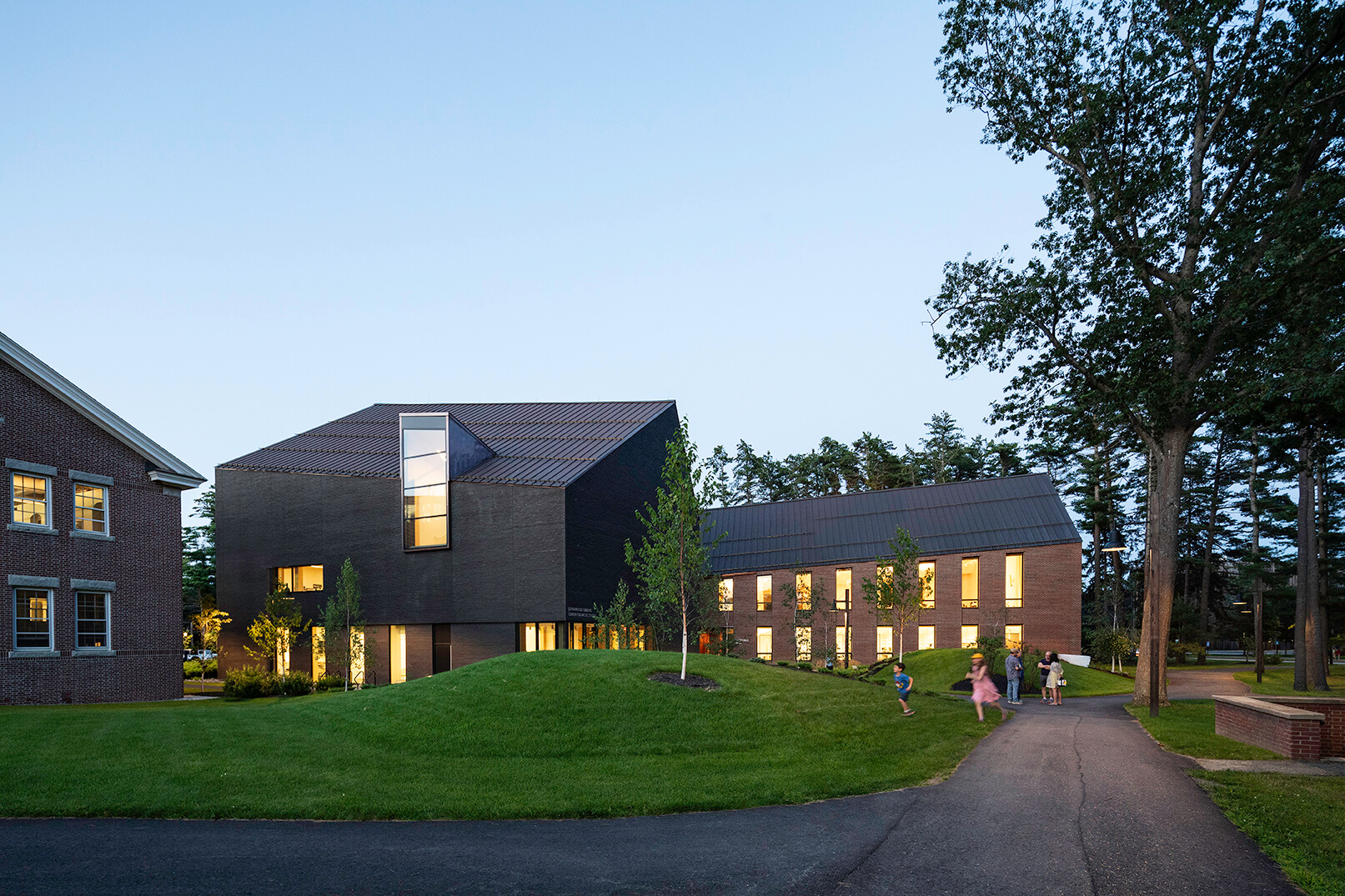
HGA further noted that both buildings share angled, steeply pitched rooflines that play off each other from different vantage points. This is meant to frame a new campus gateway from the north that meanders southward into the Dudley Coe Quad.
Mills Hall is a distinct two-story academic building that hosts Bowdoin College’s Digital and Computational Studies and Anthropology departments. This building features a 60-person cinema, four active-learning classrooms, 12 faculty offices, huddle space for student collaboration, and a 300-person, vaulted event space. Classrooms and offices within Mills Hall have plentiful daylight, tall ceilings, and operable windows for natural ventilation.
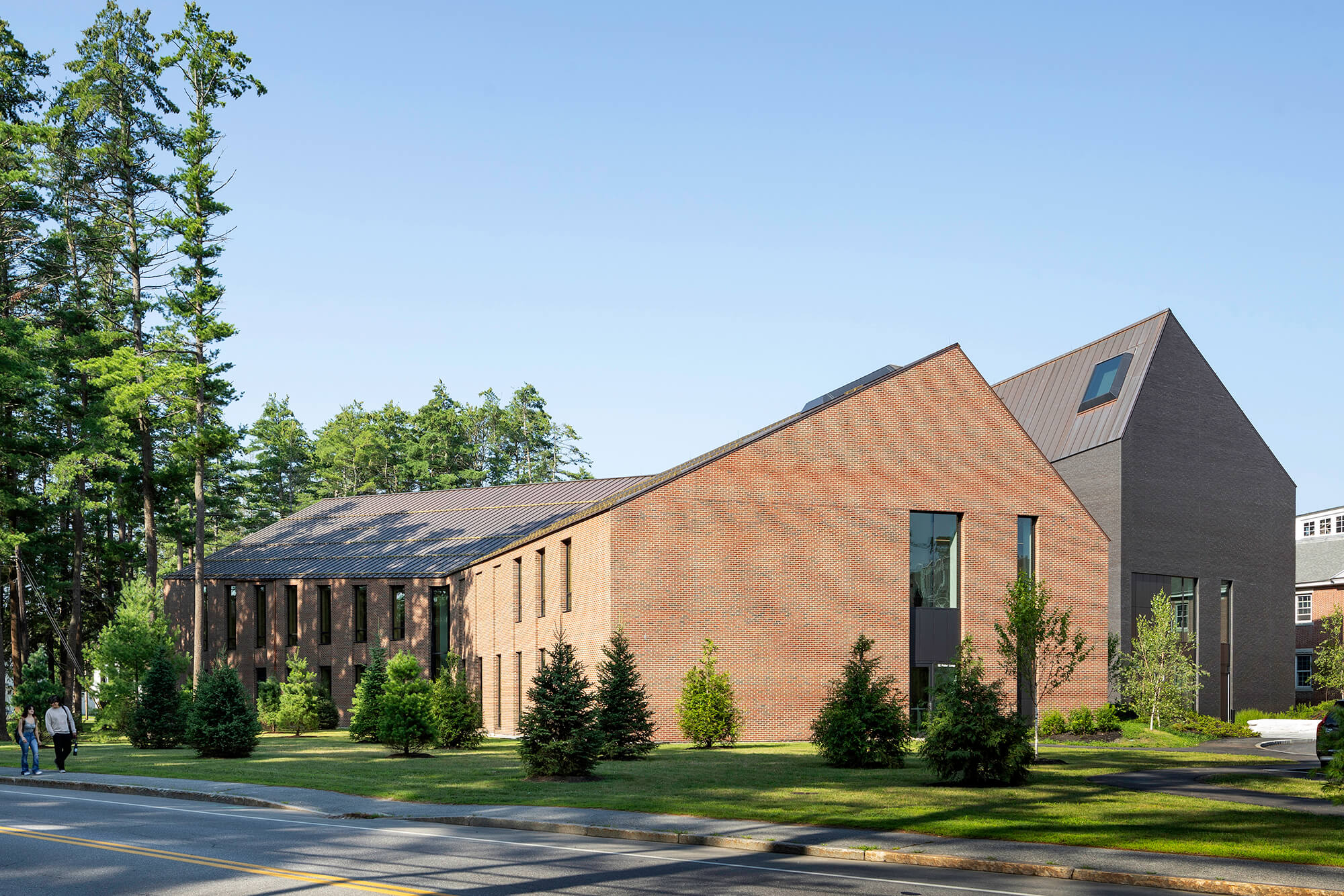
Across the way, the Gibbons Center for Arctic Studies hosts a cross-disciplinary hub dedicated to research and education about the Arctic. This Center also has a museum dedicated to the topic, Bowdoin’s Peary-MacMillan Arctic Museum.
The Gibbons Center also has a generous lobby, collections storage and support, offices, classrooms, and an archaeology lab. It features a high-performance building envelope and rigorous environmental controls which allow the museum to safely exhibit sensitive artifacts. Its steep roof line arguably mimics the geometries of the Arctic’s epic glaciers.
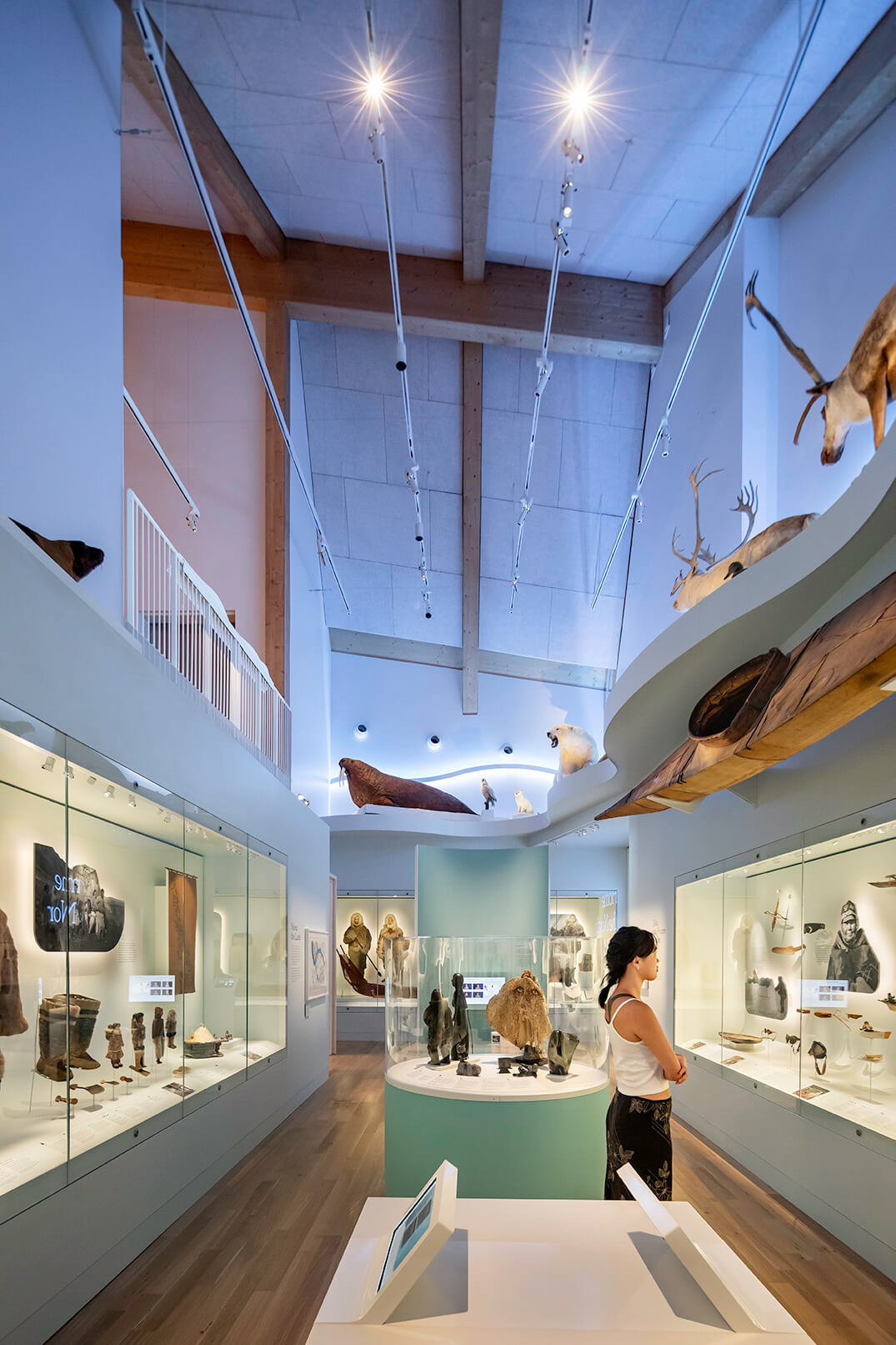
Bowdoin achieved net neutrality in 2018, but continues to veer away from fossil fuel consumption. For carbon offset, HGA specified 80 new regional trees to be planted in a grove of white pines next to the site so as to replace those that were lost for construction purposes.
By choosing timber instead of steel for the building frames, the HGA-engineered mass timber structural system cut down approximately 75 percent of embodied carbon. Moreover, the all-electric building systems promote a low net operational carbon footprint which further empowers the development to not use fossil fuels.
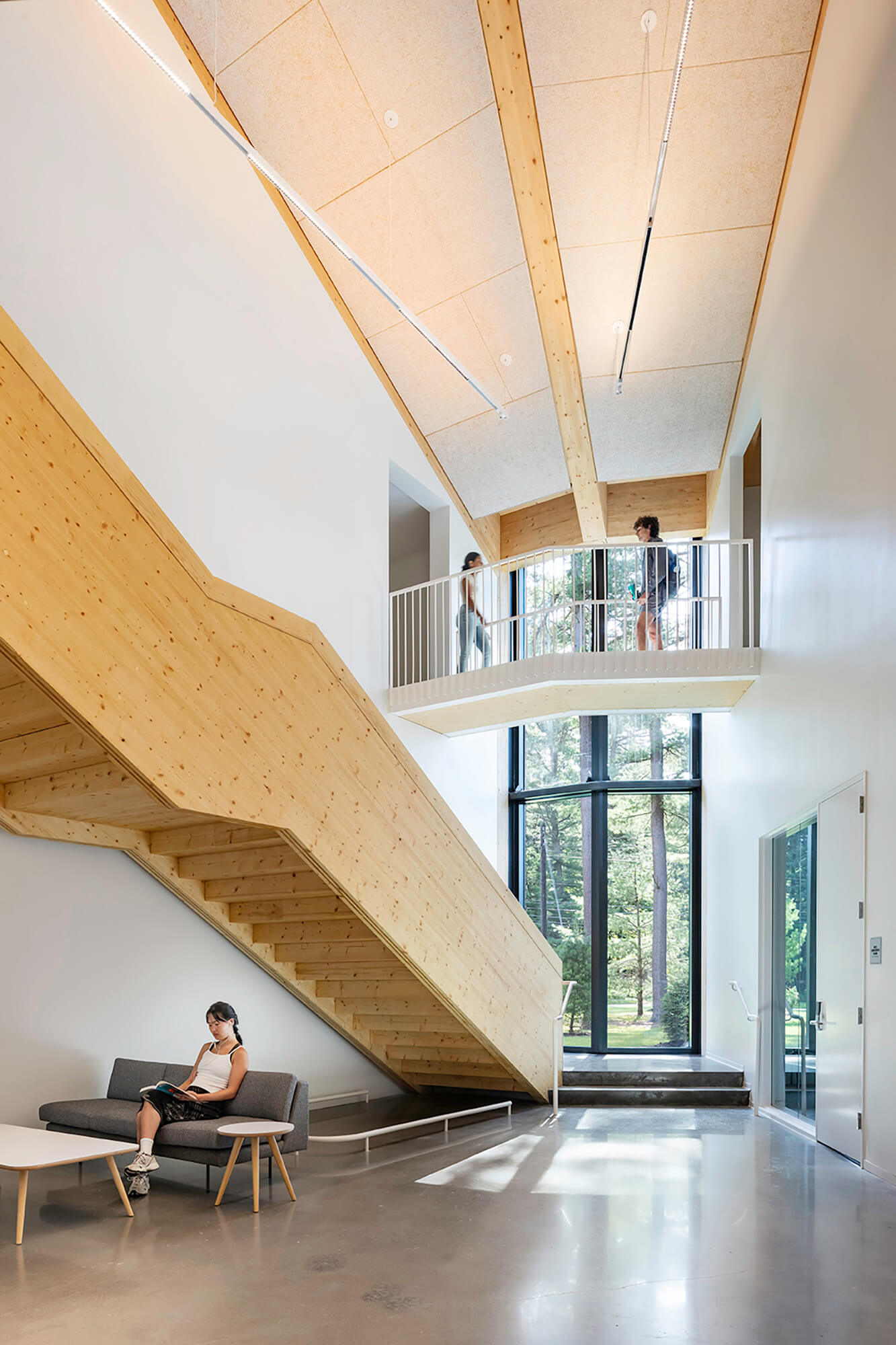
Bowdoin College is world-renowned for its faculty and departments committed to fighting climate change; and the new buildings by HGA are clearly in line with the historic institution’s values. Rebecca Celis, HGA principal and Arts, Community and Education sector leader, added: “This project was an opportunity for Bowdoin to further demonstrate their commitment to sustainability, not only through high-performance buildings, but also by investing in generous, flexible learning, teaching, and research spaces. These buildings will grow Bowdoin’s education and research capabilities while embracing the college’s environmental ethos.”
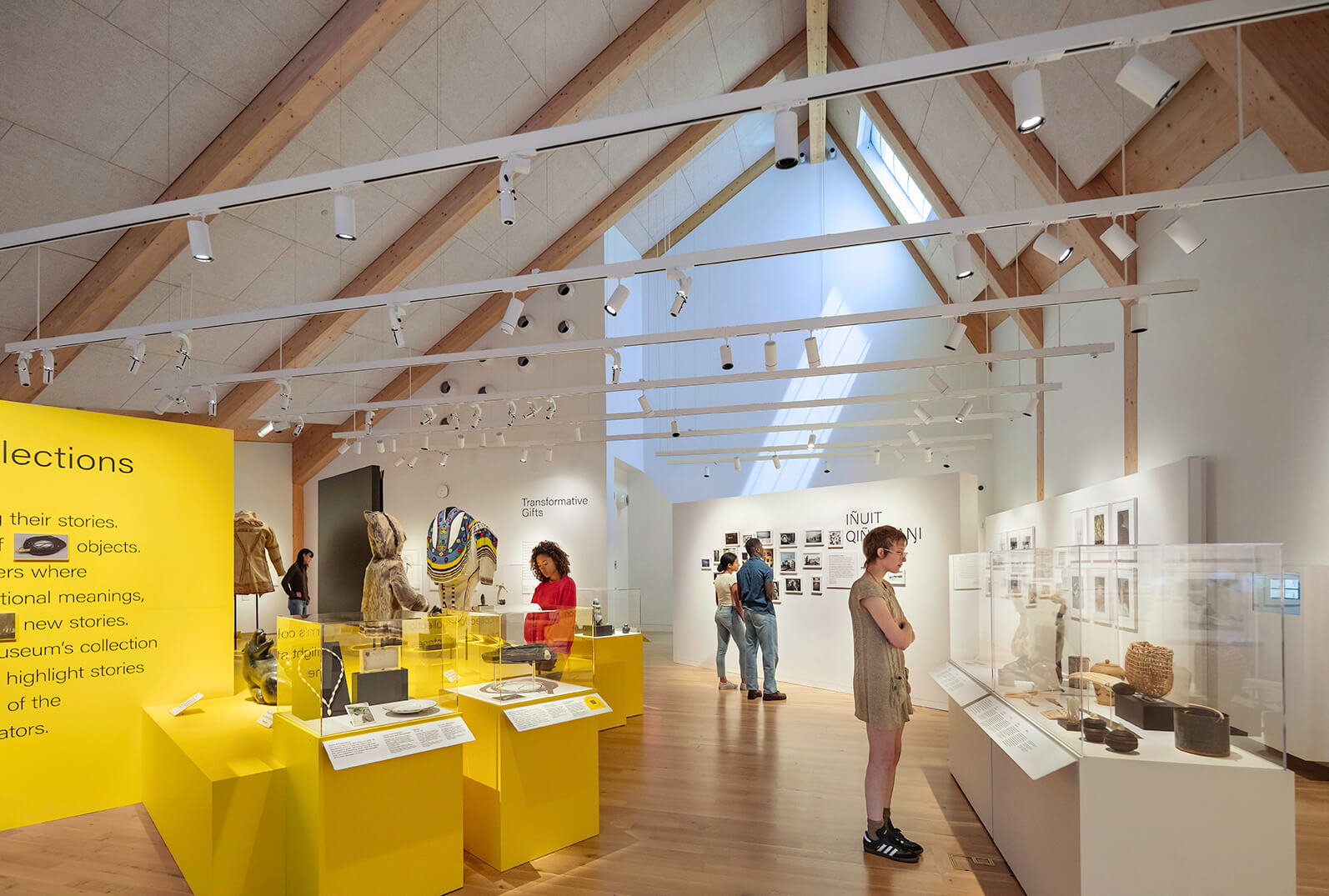
Matt Orlando, Bowdoin’s senior vice president for finance and administration commended the design team, adding: “Bowdoin, Consigli and HGA were motivated to pursue timber both for its environmental benefits and for Maine’s cultural identity as a ‘working forest,’ and the potential for positive economic impact within the region. This project moves us forward on the path towards being fossil fuel-free on campus, but it’s also a way to showcase mass timber and sustainable design for Maine.”
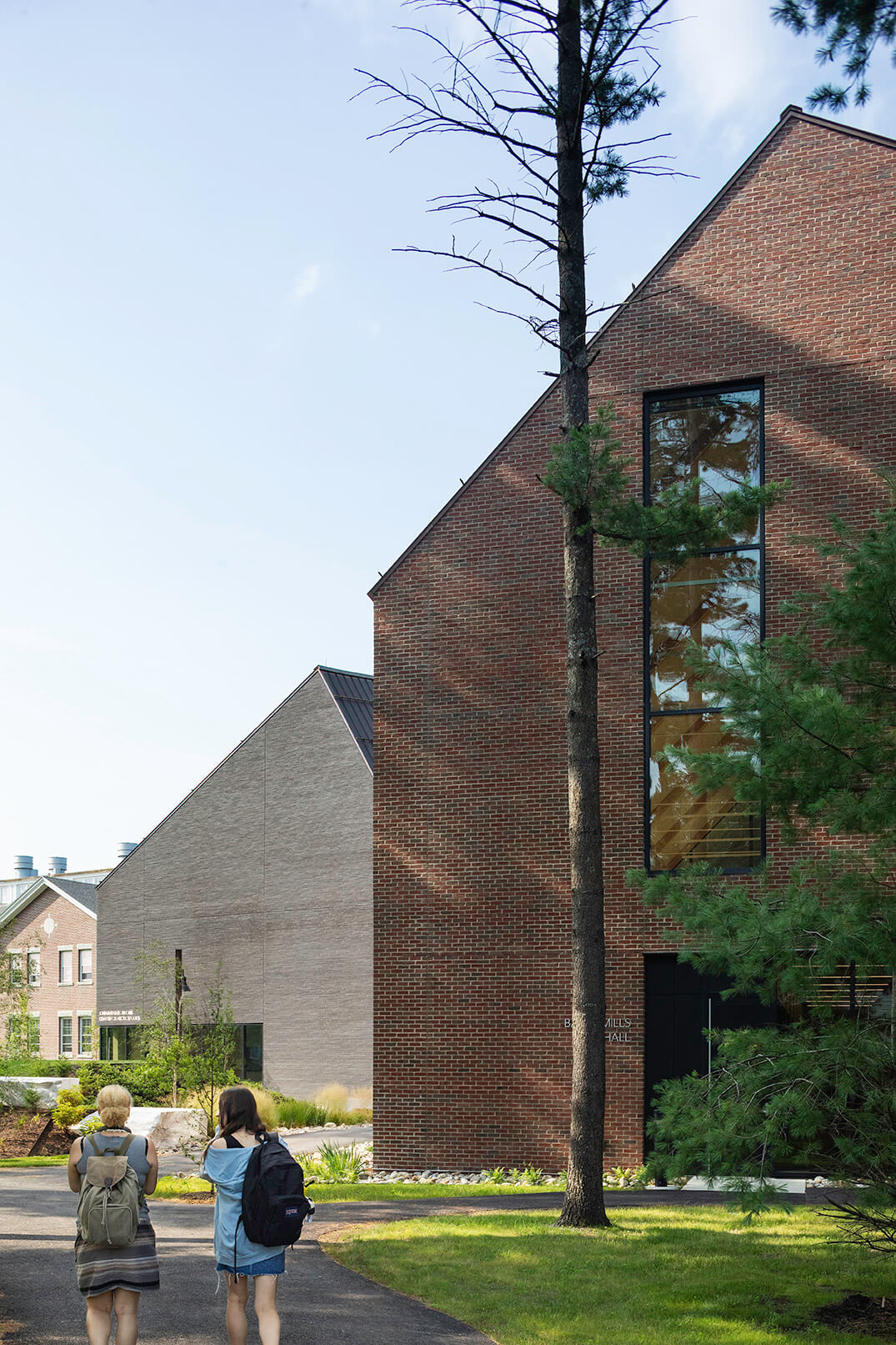
The project adds to HGA’s demonstrated tract record of working with mass timber. Previously the firm has built other mass timber projects in Minnesota and Arkansas. The firm’s newly completed projects at Bowdoin demonstrate that high-performing sustainable buildings don’t have to compromise on aesthetics. “Gibbons has a more mysterious, introverted quality,” said Nat Madson, a design principal at HGA. “The black brick renders the building like a silhouette, while the beacon-like window overlooks the quad, revealing views of the galleries from campus.”










